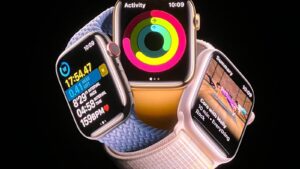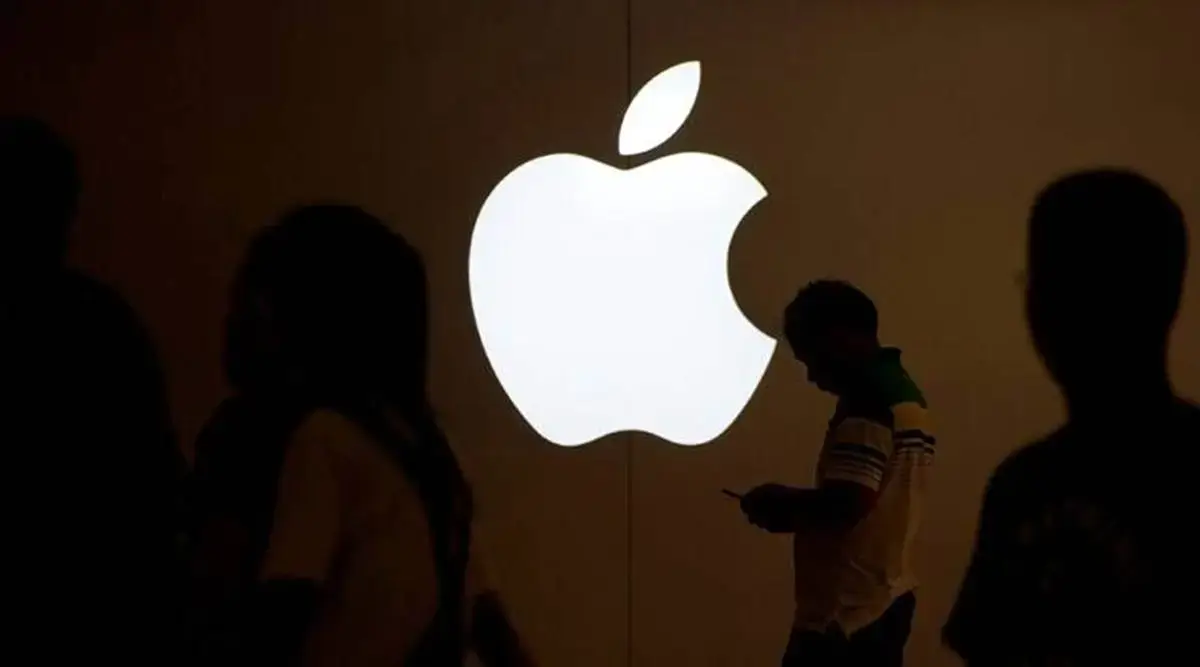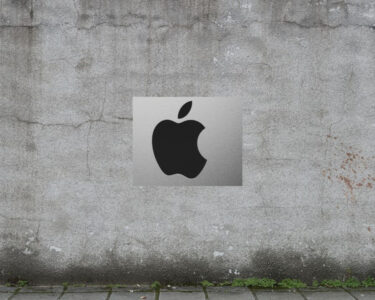European Union regulators are on the verge of approving a major concession by Apple. The tech giant has agreed to allow third-party developers to create devices and apps compatible with its tap-to-pay system, Apple Pay. This move comes after a two-year antitrust investigation by the EU which accused Apple of stifling competition in the mobile payments market.

Previously, Apple’s Near-Field Communication (NFC) technology, which facilitates contactless payments with iPhones and Apple Watches, was restricted for use with Apple Pay exclusively. This limited the options for consumers and gave Apple a significant advantage in the mobile wallet space.
The EU’s antitrust concerns stemmed from this exclusivity. They argued that Apple’s practices prevented other mobile wallet providers from competing on a level playing field. In response, Apple proposed opening up access to its NFC chip, allowing developers to create rival mobile wallets and payment apps that function on Apple devices.
This shift is expected to be formally approved by EU regulators next month. The exact terms of the agreement remain confidential, but reports suggest Apple has agreed to offer access on fair, non-discriminatory terms. This means developers will not be forced to use Apple Pay or Apple Wallet features in their apps.
The potential impact of this decision is significant.
Consumers in the EU will have more choices for mobile wallets, potentially leading to increased competition and innovation in the mobile payments market. Additionally, developers of alternative wallets and payment apps will now be able to cater to iPhone and Apple Watch users, expanding their reach.
However, some questions remain. How will this new openness affect Apple’s control over its ecosystem and user data? Will rival apps offer features and functionality that can compete with the established Apple Pay platform?
While the answers remain to be seen, one thing is certain: the EU’s antitrust push has pried open Apple’s mobile wallet, potentially ushering in a new era of competition and user choice in the European mobile payments landscape.





